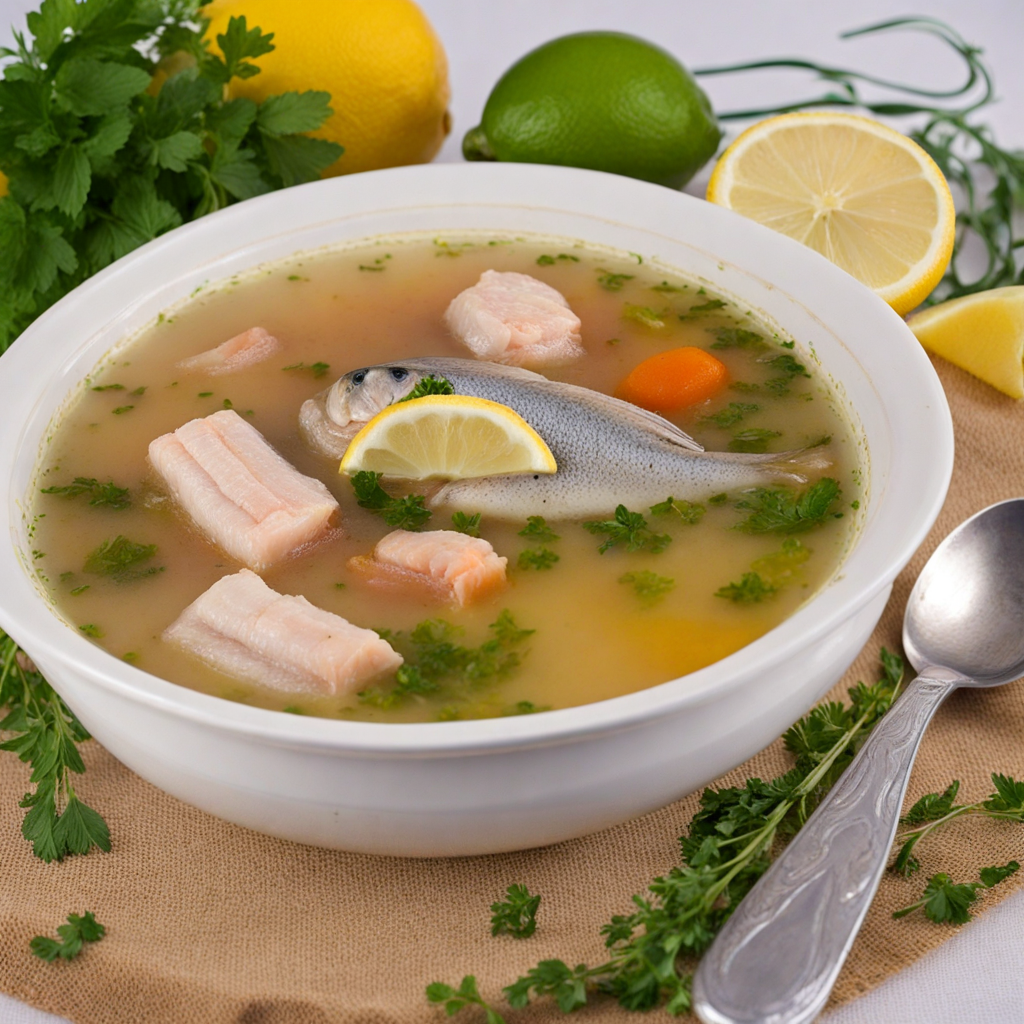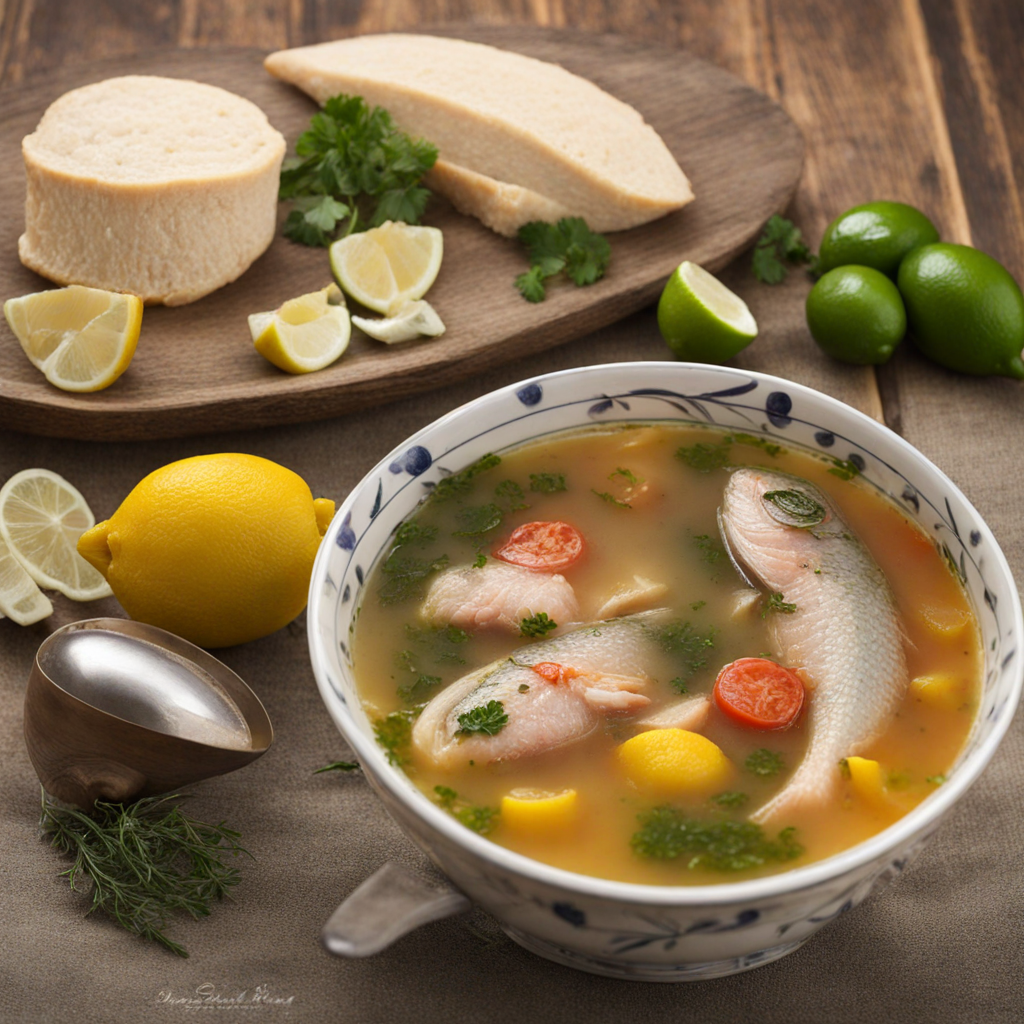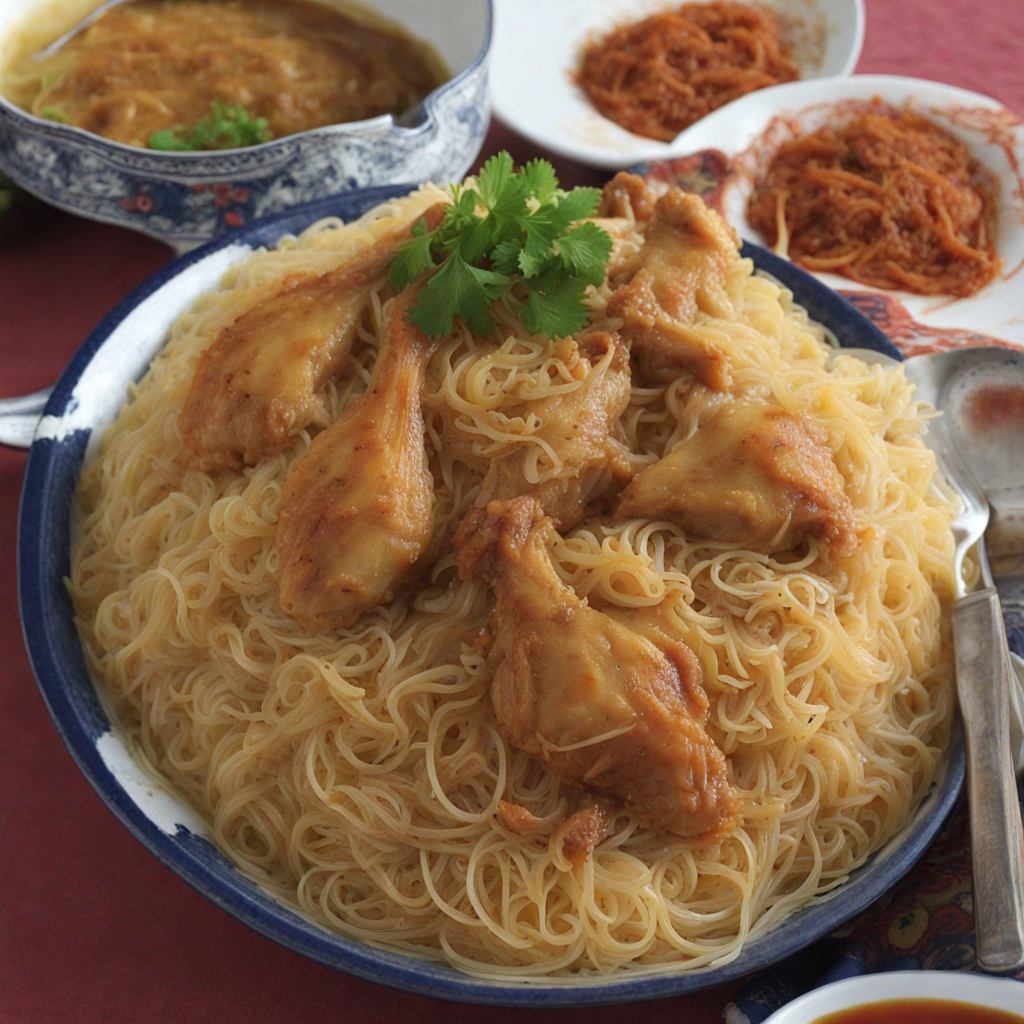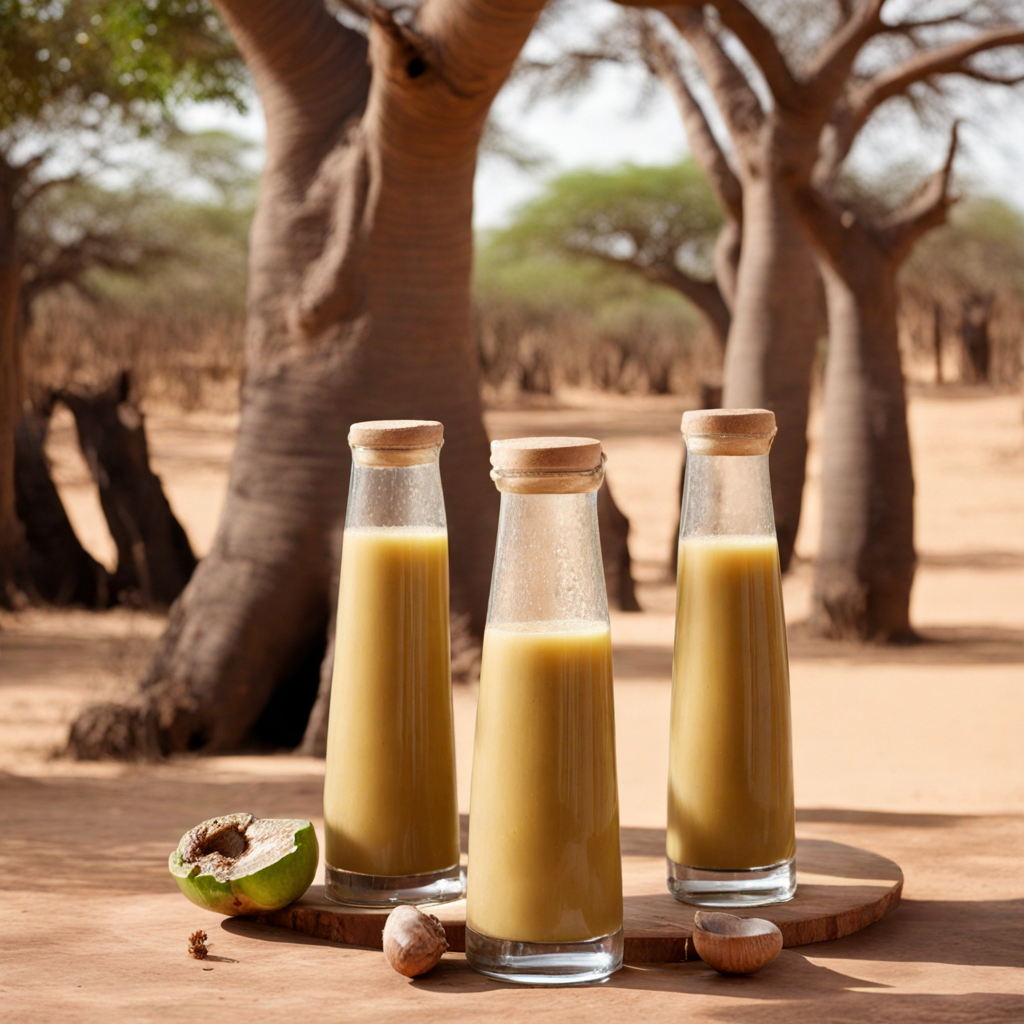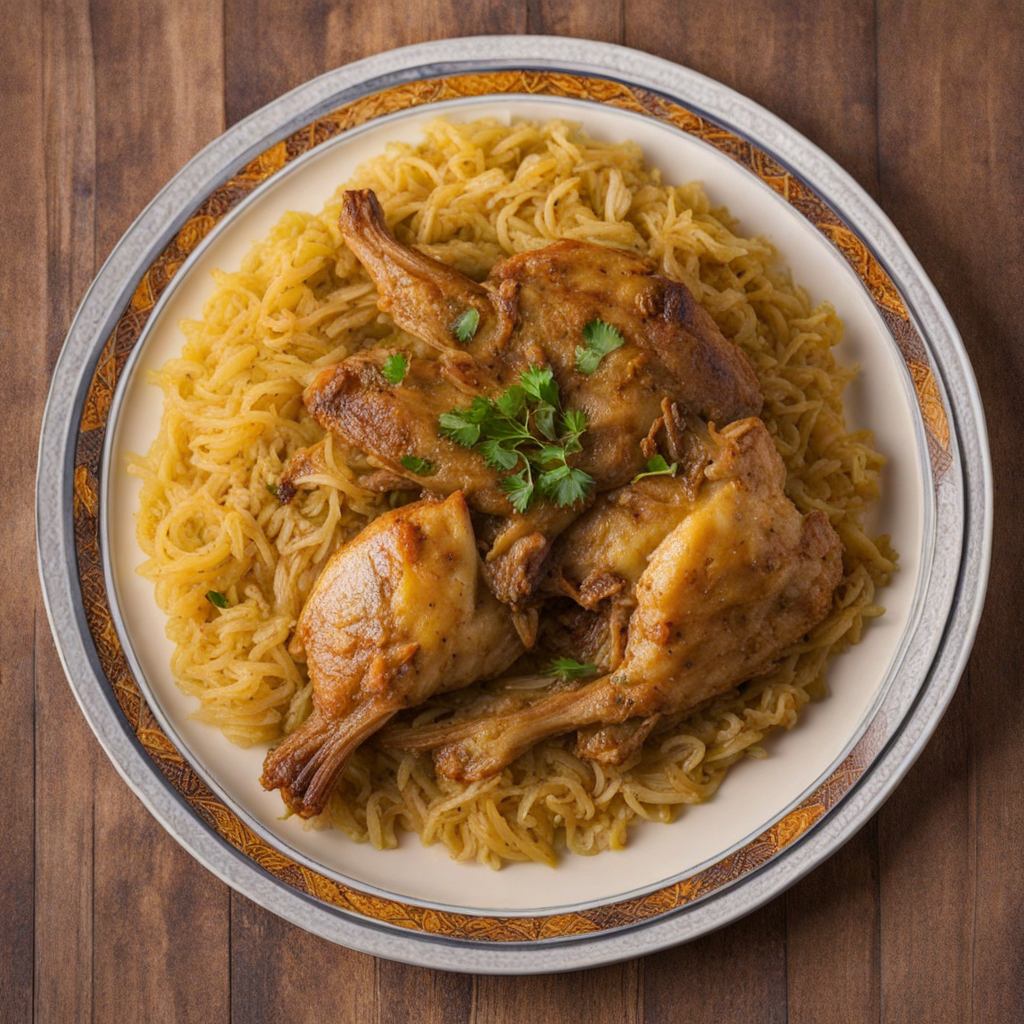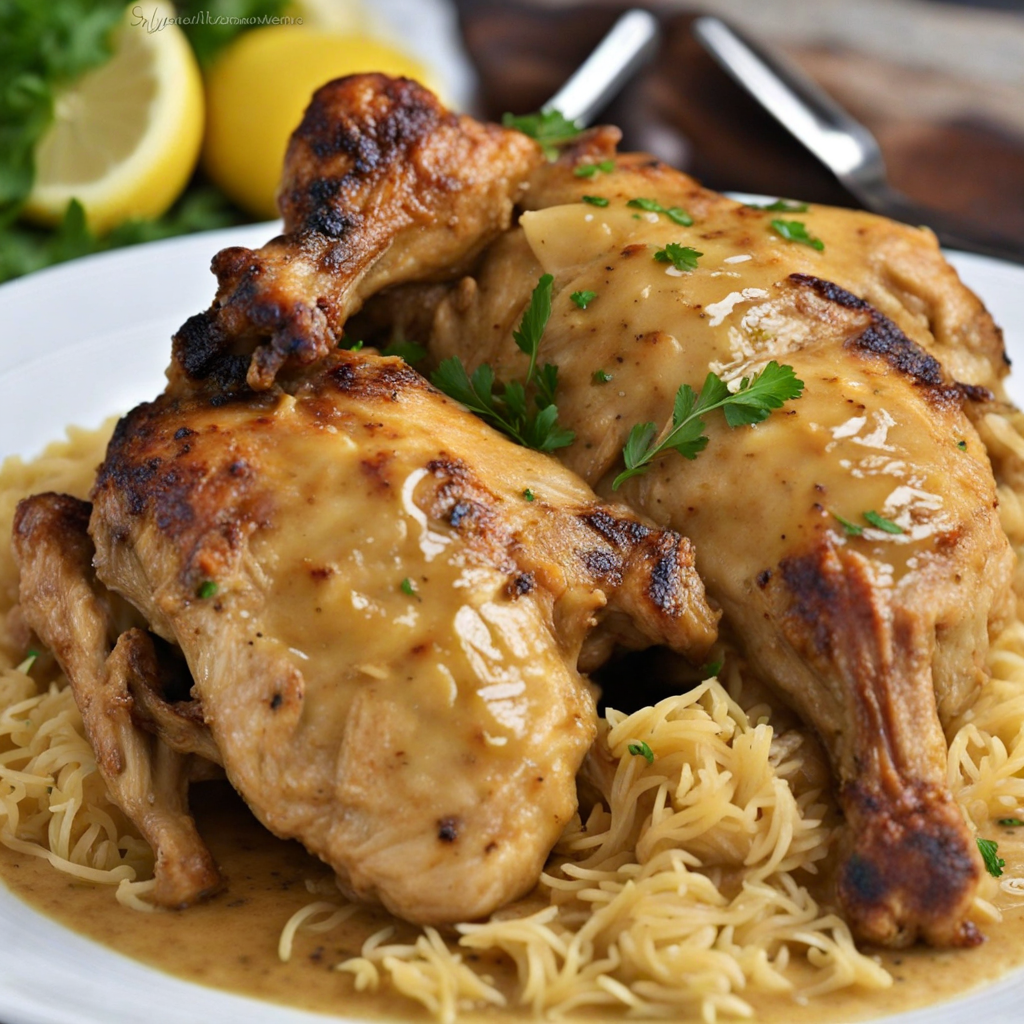Caldo
Caldo is a traditional Senegalese dish that showcases the rich culinary heritage of the region. This comforting soup is typically made with a blend of flavorful ingredients, including vegetables, spices, and protein, such as fish or chicken. The base of Caldo often includes onions, garlic, and tomatoes, which create a fragrant and savory foundation. The dish is seasoned with a variety of spices, such as cumin, coriander, and chili, lending it a distinctive warmth and depth that tantalizes the palate. One of the remarkable aspects of Caldo is its versatility. It can be adapted to include seasonal vegetables, such as carrots, potatoes, or spinach, making it not only delicious but also a healthy option. The use of fresh herbs, like parsley or cilantro, adds a burst of brightness that elevates the overall flavor profile. The texture is usually hearty, with tender chunks of protein mingling with the vibrant vegetables in a rich, aromatic broth that encourages you to savor each spoonful. Serving Caldo is often a communal experience, where friends and family gather to enjoy the dish together. It’s typically accompanied by a side of rice or crusty bread, perfect for soaking up the flavorful broth. This dish embodies the essence of Senegalese cuisine, emphasizing the importance of sharing and togetherness while offering a delightful journey of taste that invites anyone to come back for more.
How It Became This Dish
The Rich History of Caldo: Senegal's Culinary Tradition Caldo, a delightful and hearty dish originating from Senegal, is a vibrant testament to the country’s rich culinary heritage. It encapsulates the interplay of diverse cultural influences, local ingredients, and historical narratives that have shaped Senegalese cuisine over centuries. #### Origins of Caldo The roots of Caldo can be traced back to the ancient culinary practices of West Africa, where communal cooking and communal eating were central to social life. Senegal, positioned on the western coast of Africa, has always been a melting pot of cultures owing to its strategic location along trade routes. The influence of indigenous tribes, the arrival of Arab traders, and later, European colonization have all left indelible marks on the culinary landscape. The term “caldo” itself is derived from the Spanish word for “broth.” This reflects the influence of colonial powers, particularly the Portuguese and the Spanish, who introduced various cooking techniques and ingredients to the region. However, the essence of Caldo remains deeply rooted in the traditional foods of Senegal, where it has evolved into a unique dish that reflects both local and foreign influences. #### Ingredients and Preparation Traditionally, Caldo is a rich soup made with a combination of meat (often chicken, beef, or fish), vegetables, and spices simmered together to create a flavorful broth. Key ingredients can include carrots, onions, potatoes, and seasonal vegetables, accompanied by a blend of spices such as garlic, ginger, and chili peppers. The use of local ingredients like millet or rice as a base further anchors the dish in Senegal’s agricultural reality. What sets Caldo apart is its adaptability; it can vary significantly depending on the region, the season, and the availability of ingredients. In coastal areas, seafood might dominate, while inland variations might lean more heavily on game or livestock. This flexibility speaks to the ingenuity of Senegalese cooks who have historically made use of what they have at hand. #### Cultural Significance Caldo is more than just a dish; it embodies the spirit of Senegalese hospitality and community. In Senegal, sharing food is a fundamental aspect of social interaction, and Caldo is often prepared for gatherings, celebrations, and family meals. It is not uncommon to find this dish at weddings, religious celebrations, and communal feasts, where it symbolizes abundance and togetherness. The communal aspect of eating Caldo is particularly significant. Traditionally, it is served in a large bowl from which family and friends can gather around, eating with their hands, a practice that fosters a sense of unity and connection among diners. This ritual reflects the Senegalese philosophy of sharing both food and life experiences, reinforcing social bonds. #### Historical Development The evolution of Caldo has been influenced by broader socio-political changes in Senegal. The 19th and 20th centuries saw the rise of colonialism and the subsequent struggle for independence, which reshaped not only the country’s political landscape but also its culinary identity. As Senegalese people sought to reclaim their cultural heritage, traditional dishes like Caldo became symbols of resilience and national pride. In the post-colonial era, globalization brought new ingredients and cooking techniques into the Senegalese kitchen. Chefs began experimenting with contemporary flavors while still honoring traditional recipes. Caldo, in this context, has adapted to modern palates while retaining its core characteristics. Today, it can be found in both humble homes and upscale restaurants, showcasing the versatility of Senegalese cuisine. Moreover, the diaspora has played a crucial role in the dissemination of Caldo beyond Senegal’s borders. Senegalese immigrants have brought their culinary traditions with them to various parts of the world, leading to the emergence of Caldo in international food scenes. This transnational exchange has further enriched the dish, incorporating elements from the culinary practices of host countries, while still holding true to its Senegalese roots. #### Modern Interpretations In recent years, there has been a resurgence of interest in traditional Senegalese cuisine, driven by a new generation of chefs who are eager to celebrate their heritage. Caldo has been reimagined in numerous ways, incorporating fusion ingredients while maintaining the foundational aspects that make it beloved. For instance, some chefs might introduce quinoa in place of rice for health-conscious diners, or experiment with spices from other regions. Moreover, social media has played a pivotal role in popularizing Caldo and other Senegalese dishes globally. Food bloggers and influencers have showcased the dish through vibrant images and cooking tutorials, allowing a wider audience to appreciate its flavors and cultural significance. This digital renaissance has not only revived interest in traditional recipes but has also sparked conversations about food identity and heritage within the Senegalese community and beyond. #### Conclusion The history of Caldo is a rich tapestry interwoven with the threads of Senegal's cultural, social, and historical narrative. As a dish that has evolved through centuries of change, Caldo stands as a testament to the resilience and creativity of the Senegalese people. It is a dish that encapsulates the heart of Senegalese hospitality, a symbol of community, and a celebration of agricultural abundance. As we savor a bowl of Caldo, we indulge not just in its flavors, but also in the stories and traditions that have shaped it. In every bite, there is a connection to the past and a reflection of the dynamic culinary future of Senegal. Whether enjoyed in the bustling streets of Dakar, at a family gathering, or in restaurants around the world, Caldo continues to nourish not only the body but also the spirit, reminding us of the importance of food in forging connections and celebrating culture.
You may like
Discover local flavors from Senegal


